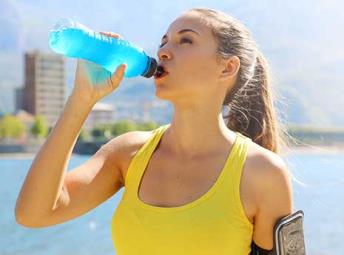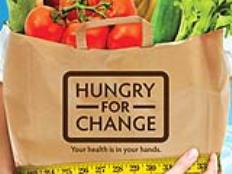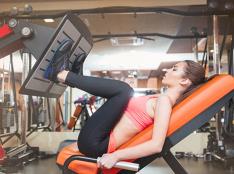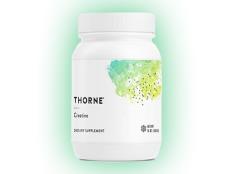
"I don't like gels, so I only drink water on my long runs—but how can I keep myself from bonking at mile 18?"
"I'm training for an Ironman triathlon. Which products are best to replace the electrolytes I lose in sweat?"
"Do PowerBars have special performance-enhancing ingredients?"
Pre-Exercise Energy Bars
While fueling with a pre-workout "high performance" energy bar is one way to energize your workout, you could less expensively consume 250 calories of Fig Newtons or a granola bar. All will offer the "magical" energy source that muscles need for a high-energy workout: carbohydrates.
The best pre-workout snacks are foods that digest easily and don't talk back to you. Standard supermarket foods can do that as well as engineered products. Experiment to determine which foods settle best in your body during exercise.
More: Homemade No-Bake Protein Bar Recipe
Pre-Exercise Snacks
| Type | Calories | Cost | Cost Per 100 Calories |
| PowerBar Performance Energy Bar | 240 | $1.49 | $0.62 |
| Clif Bar | 240 | $1.25 | $0.52 |
| Nature Valley Granola Bar (1 Packet) | 190 | $0.32 | $0.17 |
| Fig Newtons (1 Packet) | 200 | $0.54 | $0.27 |
Gels
While some athletes love the convenience of gels (such as Gu, Clif Shots) during training sessions that last longer then 90 minutes, others dislike their consistency or the way they might create digestive issues. Gels generally offer 100 calories from some form of sugar. If your body is not accustomed to digesting that particular type of sugar, you might end up with undesired pit stops. Always experiment with new products such as gels during long training sessions.
Some popular alternatives to the 100 calories of carbohydrate (sugar) in the gel include gummy candies (Swedish fish, gummy bears), Twizzlers, gum drops, Peppermint Patties, marshmallows, Whoppers, M&Ms, maple sugar candy, and/or swigs of honey or maple syrup. The trick is to figure out how to carry the fuel (and how to keep it from melting in the heat). During long workouts, you want to target 200 to 300 calories per hour (after the first hour, which gets fueled with your pre-workout snack). The amount your body needs depends on your weight and exercise intensity. Read the label's nutrition facts to determine the correct portion to bring with you.
More: Eating for Energy: The Best Performance-Boosting Foods for Runners
- 1
- of
- 2
About the Author

Nancy Clark, MS, RD, CSSD (Board Certified Specialist in Sports Dietetics) helps both casual and competitive athletes learn how to eat a winning sports diet. Her practice is in Newton, Massachusetts (617-795-1875). The fifth edition of her Sports Nutrition Guidebook is available at www.nancyclarkrd.com. Also see NutritionSportsExerciseCEUs.com for online CEUs.







Discuss This Article